1) SOECs are ideal for integrating with facilities like chemical, steel, and ammonia plants and refineries. They have an edge over other electrolysers as they can access an external source of process heat with a 20% higher efficiency potential.
2) Next Generation SOEC:
1. H-SOEC
Solid oxide electrolytes O-SOEC conduct oxygen ions, while solid oxides H-SOEC conduct protons. H-SOEC operate at lower temperatures and have higher ion conductivity. However, the mechanisms of H-SOEC are not well understood, and the electrical efficiencies of H-SOEC designs are still lower than those of O-SOECs.
2. New materials
SOEC start-ups have reinvented the manufacturing process using new materials and dry power pressing additive methods. This produces a seal-free, monolithic design with internal gas routing, increasing the pressure range and power density while eliminating potential failure mechanisms with seals and interconnects.
3. Novel ionically conductive materials.
Advanced Ionics claims to have developed a hybrid electrolyser design that eliminates the need for a brittle ceramic membrane. This design allows the electrolyzer to operate at a lower temperature range of 200°C–600°C.
3) BoP elements include:
1- A top-up heater
2- A water purifier
3- A water feed
4- A water vaporiser
5- A hydrogen/steam separator
6- Power electronics
7- Heat exchangers/recuperators
8- A dryer
9- Compressors for hydrogen and oxygen.
10- Instrumentation
4) Energy Consumption of SOEC Components kWh/kgH2:
1. Component kWh/kgH2
2. Electric heating feed = 1.2
3. Electric heating air = 1.8
4. Hydrogen compressor = 2.2
6. SOEC stack (DC) = 34.6
7. Total LHV (with steam import) = 39.8
8. Steam generation (if required) = 7.9
9. Total HHV (with internal steam generation) = 47.7
5) Stack (DC) energy consumption (kWh/kg H2):
SOEC = 34
Alkaline = 47 – 66
PEM = 47 – 66
AEM = 51.5 – 66
6) System energy consumption (kWh/kg H2)
SOEC = 38 (with steam) / 48 (without steam)
Alkaline = 50-78
PEM = 50-83
AEM = 40-80
7) SOEC OEMs:
1) Bloom Energy
mfg capacity per year = 2GW
2) Ceres
Upcoming projects:
- 1 MW solid oxide electrolyzer in 2023 in India.
- 1 MW by 2024 with Bosch and Linde Engineering.
3) Elcogen
mfg capacity per year =1 to 10 MW (100 to 200 MW soon)
4) FuelCell Energy
mfg capacity per year = 10 to 100 MW (GW scale by 2030)
5) Sunfire
mfg capacity per year = 1 – 10 MW
6) Topsoe
mfg capacity per year = 500 MW by 2025 (expand to 5 GW)
8) "Technology Readiness Level” (TRL):
Chemical Industry – Carbon Monoxide Production → TRL: 8
Chemical Industry – Hydrogen Production → TRL: 7
Steelmaking → TRL: 7
Synthetic Fuels → TRL: 5 – 6
Energy Storage → TRL: 5 – 6
Nuclear → TRL: 3 – 4
✅ Source of the above data is provided in the images attached to this post.
✅ My posts reflect my personal perspective, knowledge, experience, and advice.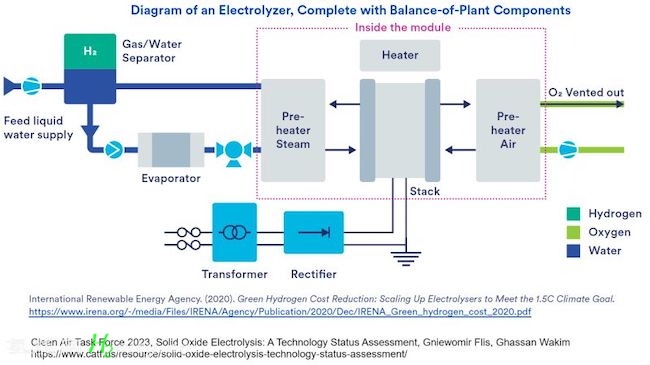
Can you name any other SOEC OEMs?
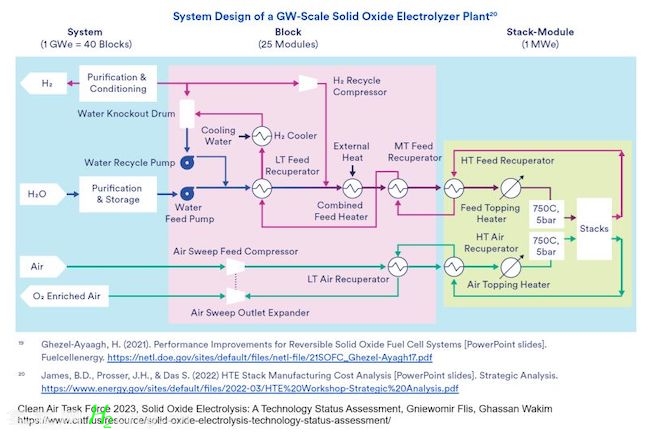
平台声明:该文观点仅代表作者本人,零碳未来网 系信息发布平台,我们仅提供信息存储空间服务。
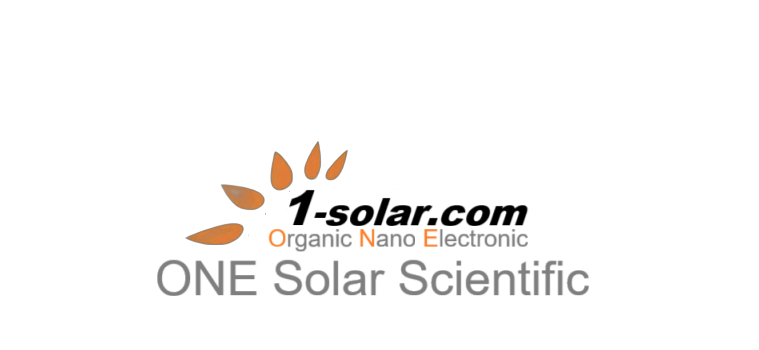
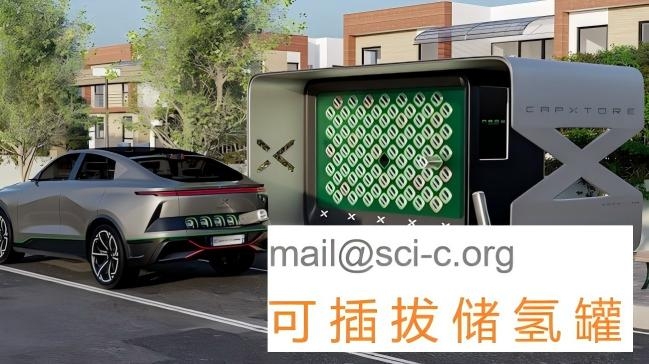

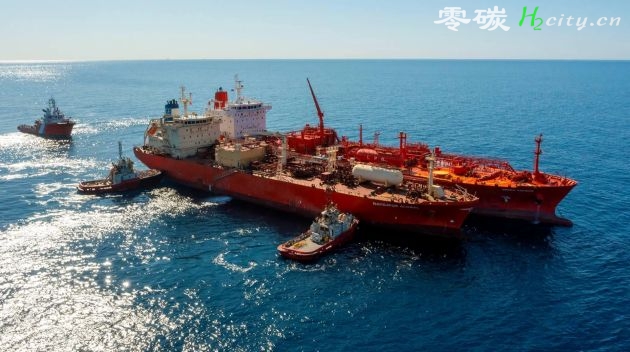
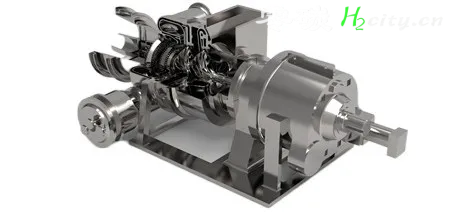
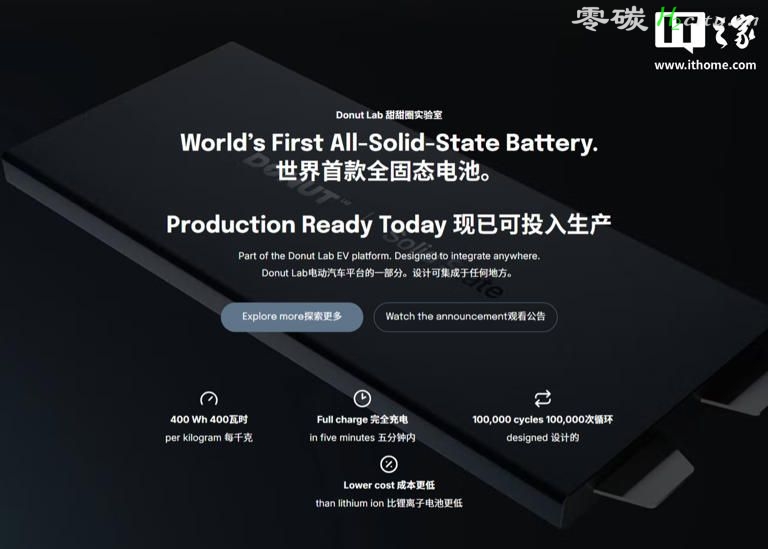
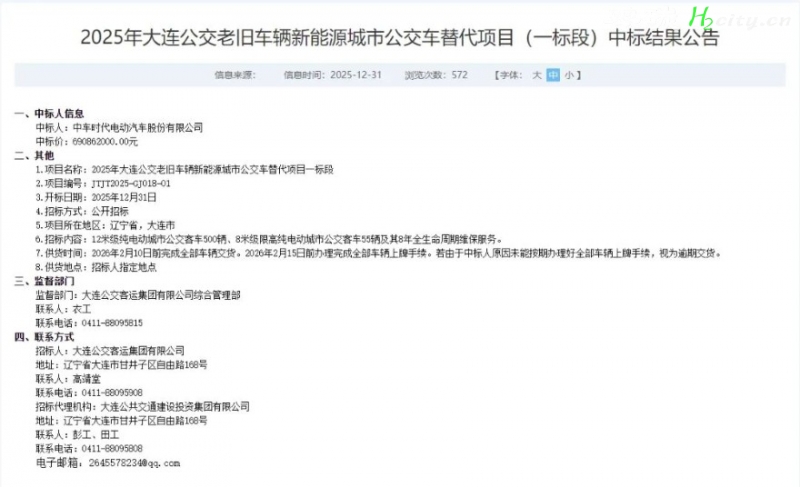
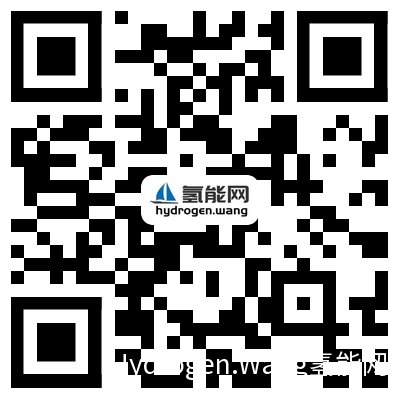
发表评论 取消回复